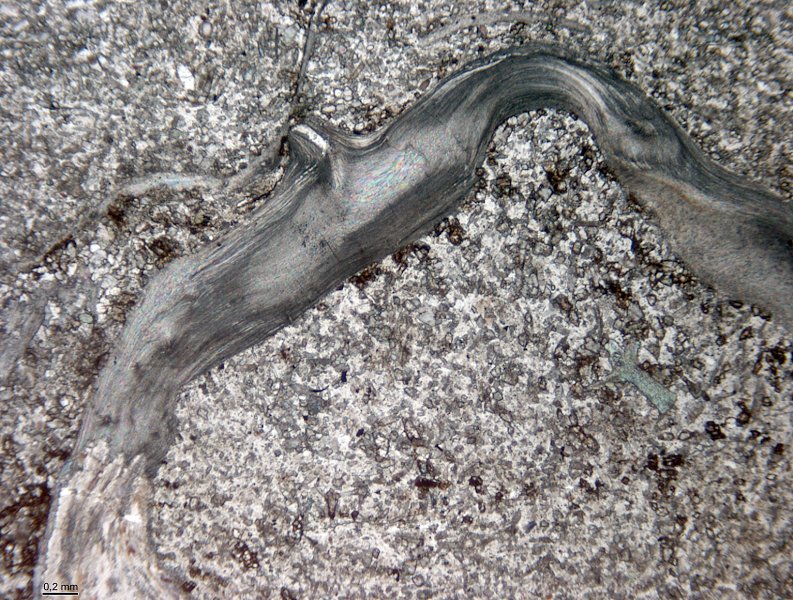Brachiopod Thin Section
Usually it is fibrous but sometimes it may be also prismatic.
Brachiopod thin section. The most common structure observed in bivalves is an inner layer composed of sheets of aragonite tablets and an outer layer of aragonite or calcite prisms. Attempted based on the known hirnantian brachiopod assemblages. The present area which forms part of the eastern highland is bounded by latitude 96º 30 n to 96º 35 n and longitude 21º 55 30 e to 22º 00 e in one.
Brachiopods ˈ b r æ k i oʊ ˌ p ɒ d phylum brachiopoda are a group of lophotrochozoan animals that have hard valves shells on the upper and lower surfaces unlike the left and right arrangement in bivalve molluscs brachiopod valves are hinged at the rear end while the front can be opened for feeding or closed for protection. Brachiopods in thin section brachiopod microstructure is well visible in thin section. Location the new section is located near shwe thin 6 5 km northeast of pyin oo lwin township mandalay region.
Brachiopod communities of the early cambrian guanshan lagerstätte of yunnan province china and their associated facies. The inarticulates brachiopods with phosphatic shells and articulates everything else. Almost all brachiopod shells consist of two valves.
Bivalves in thin section bivalves are aragonitic and consist of several layers of internal microstructure. Brachiopods are among the most common and popular fossils in paleozoic rocks. Thin section photomicrograph of a stromatoporoid section is perpendicular to growth surface.
However recent advances in molecular phylogenetics has forced researchers to revamp their classification scheme which now recognizes three subphyla of brachipoda. Traditionally brachiopods have been separated into two major groups.
.jpg)














